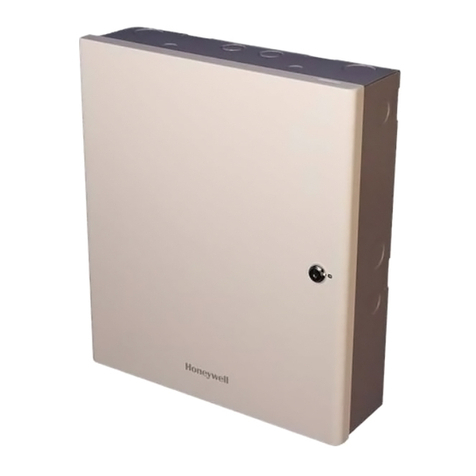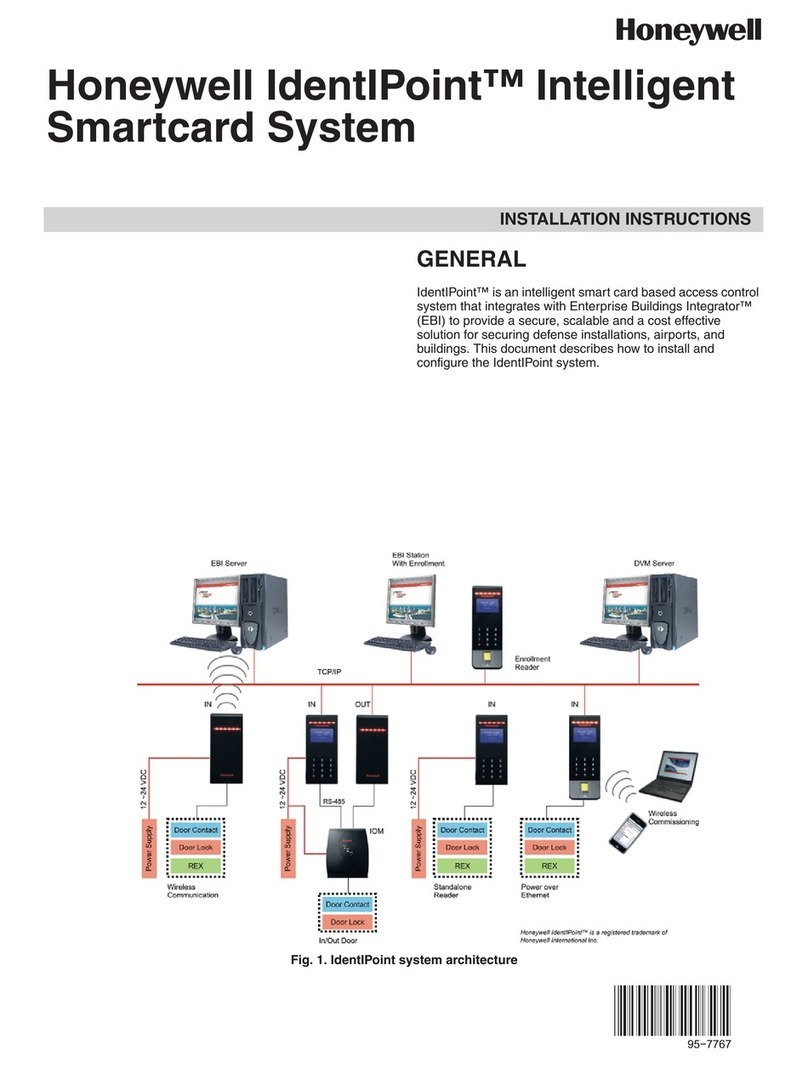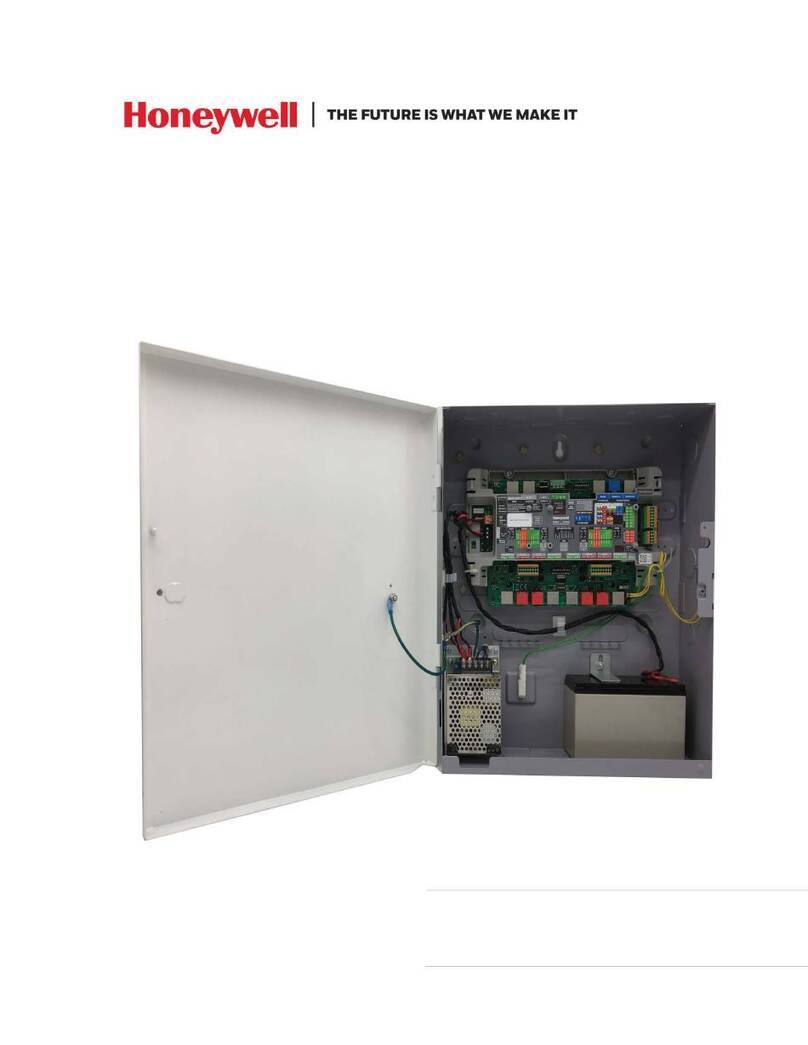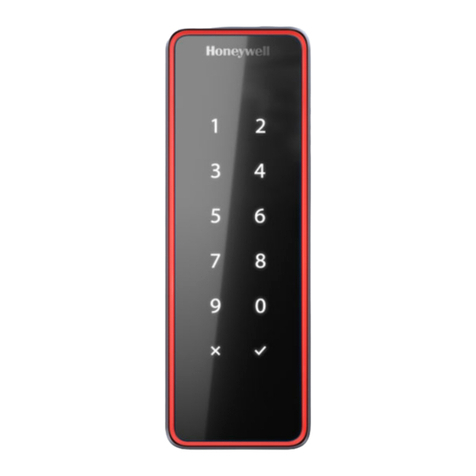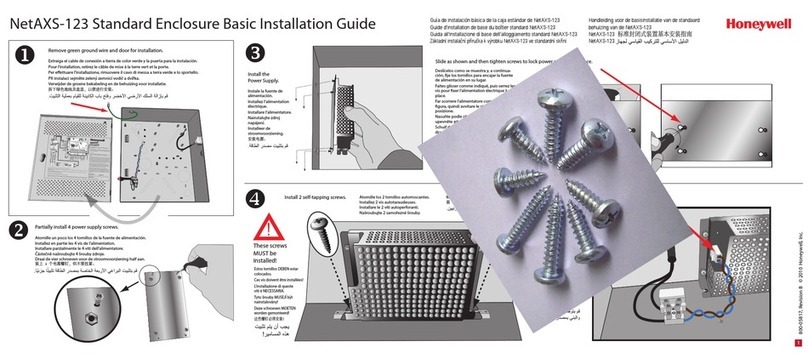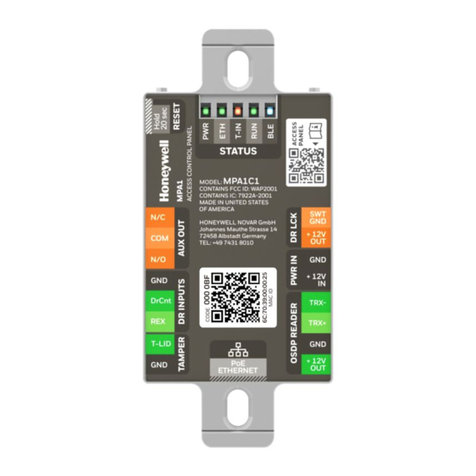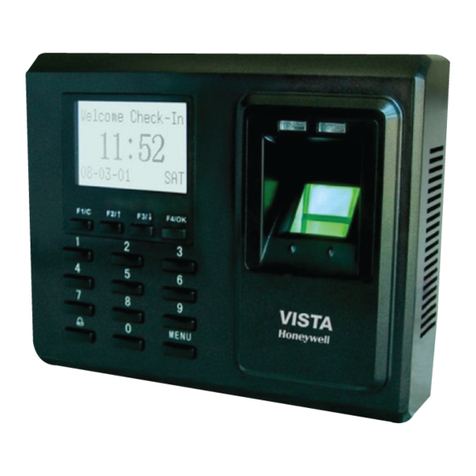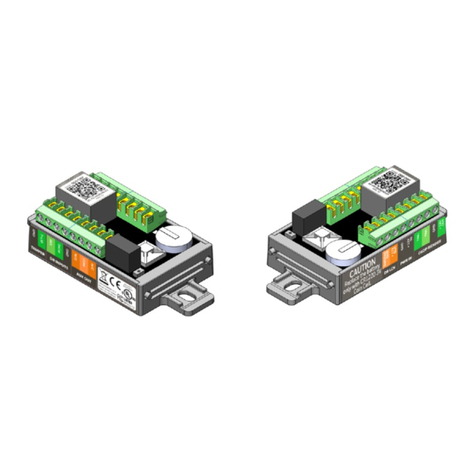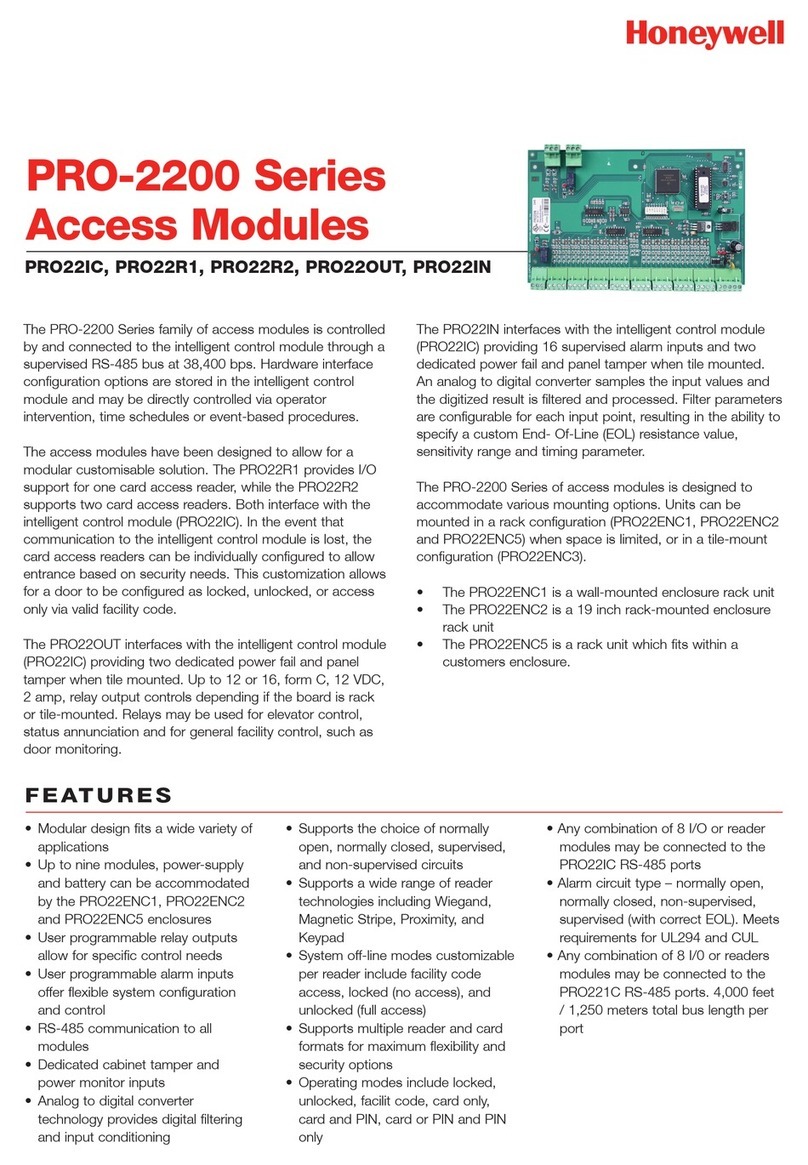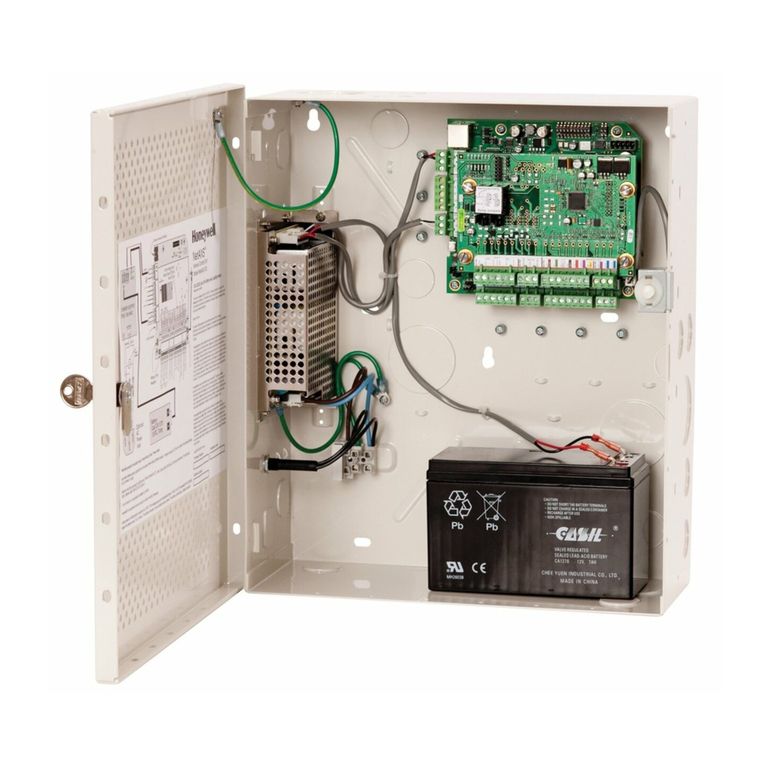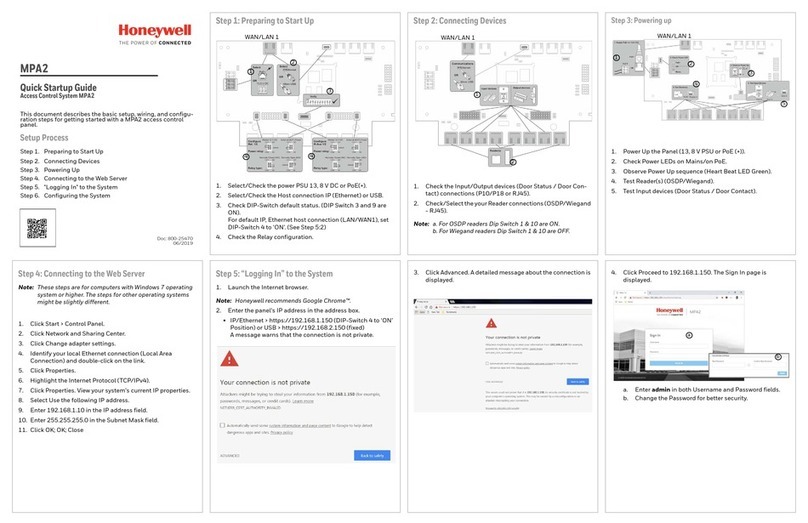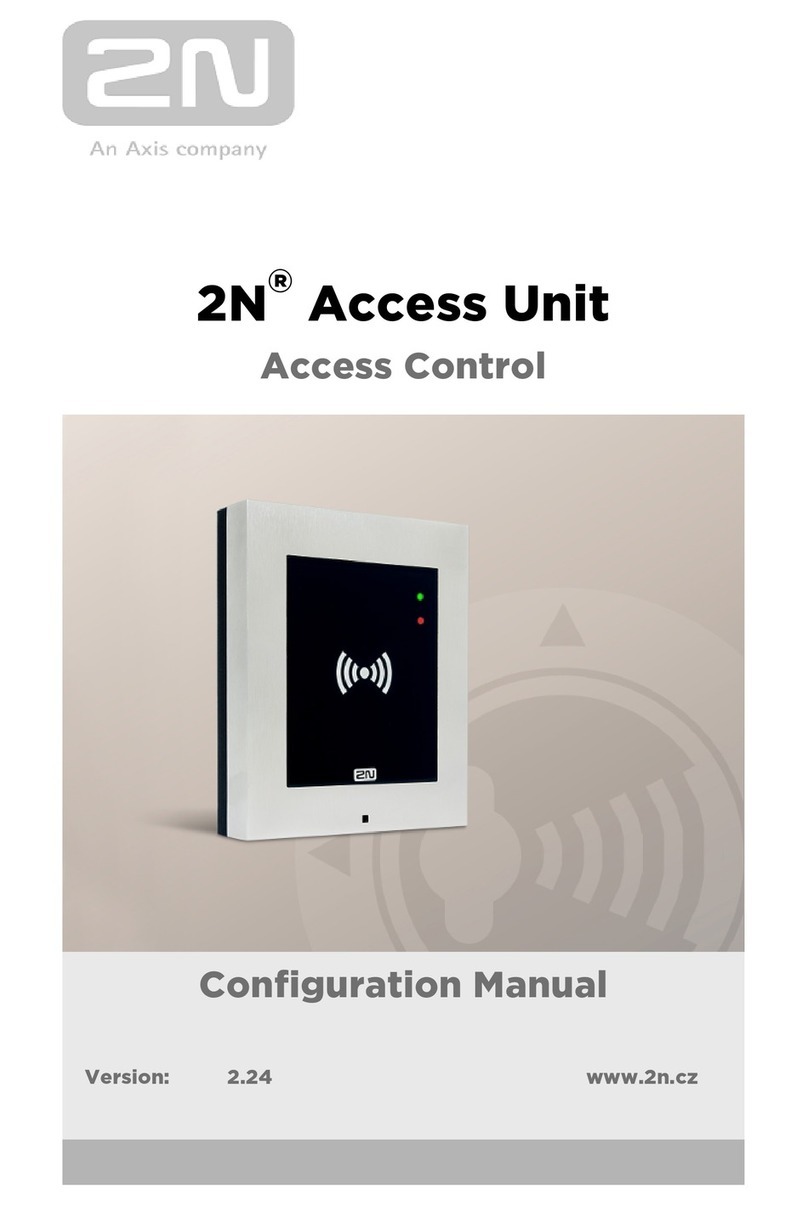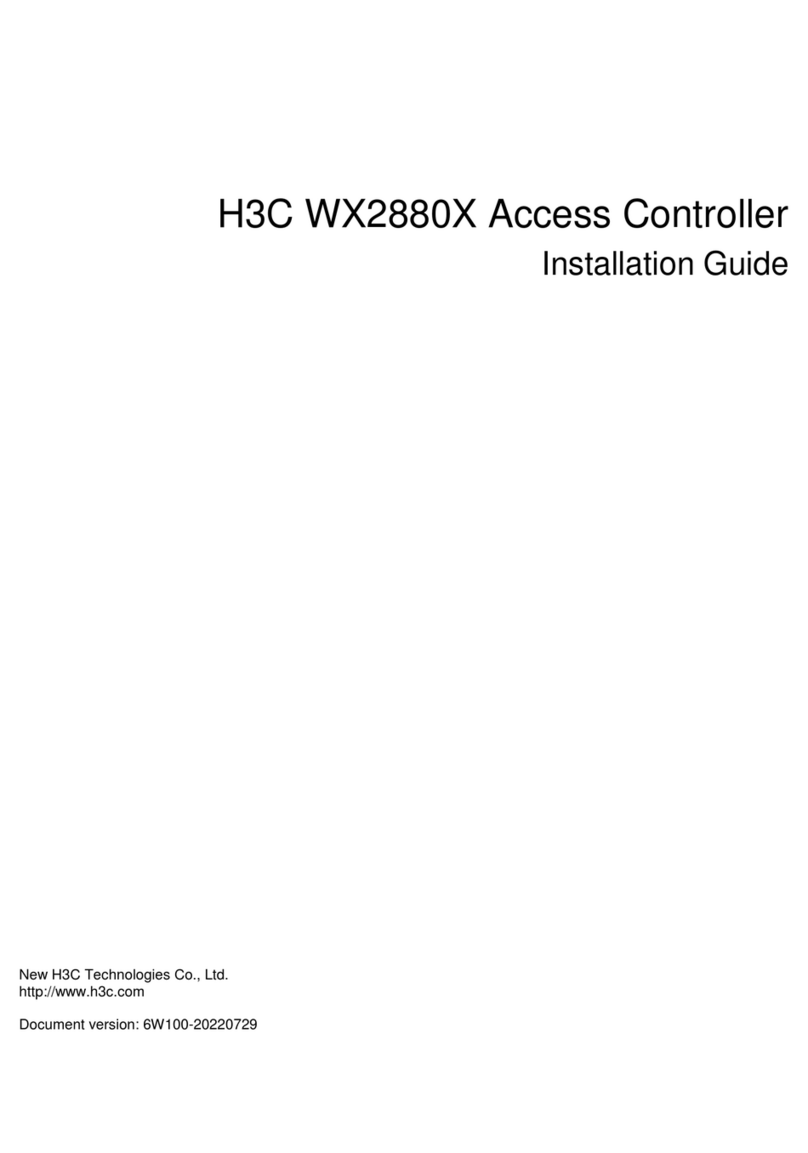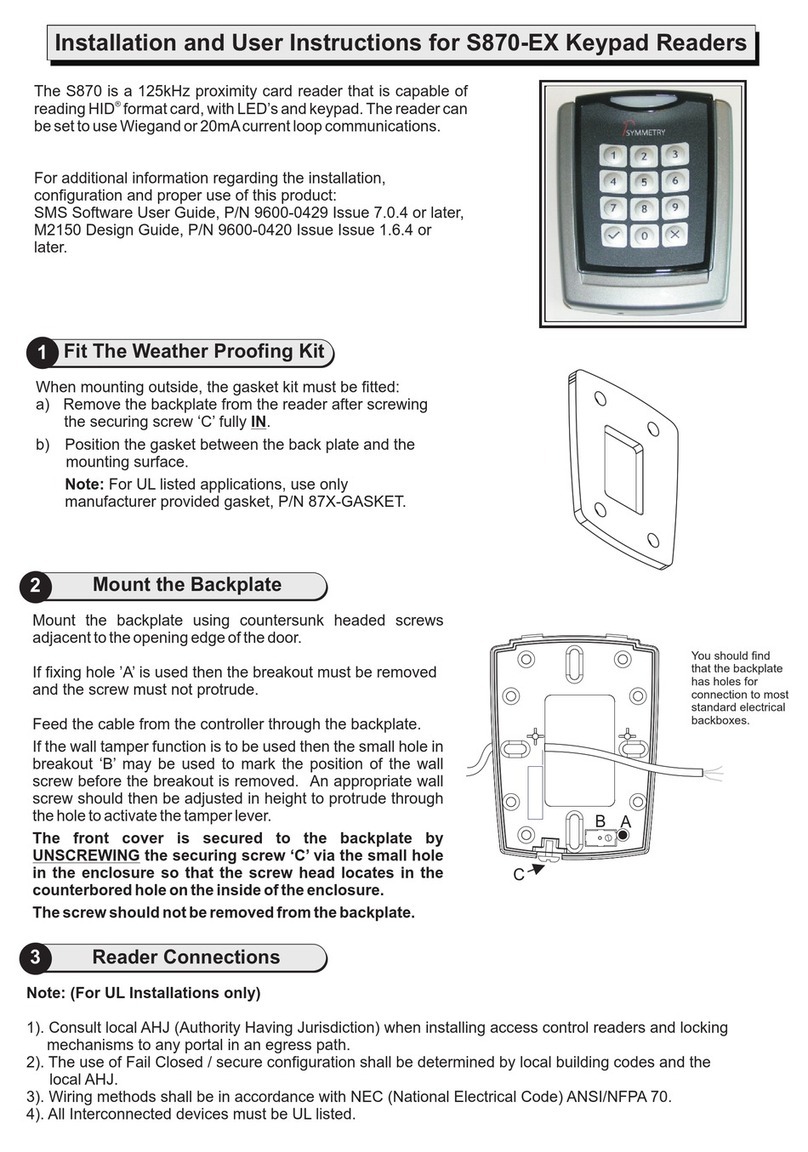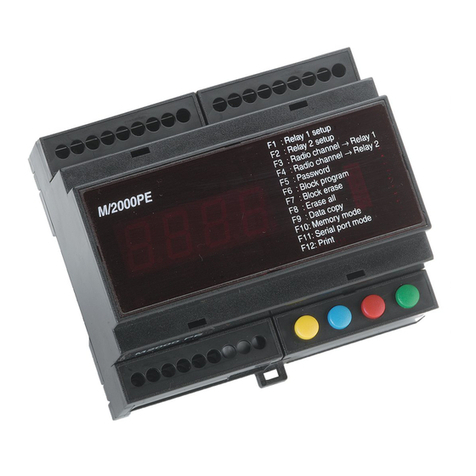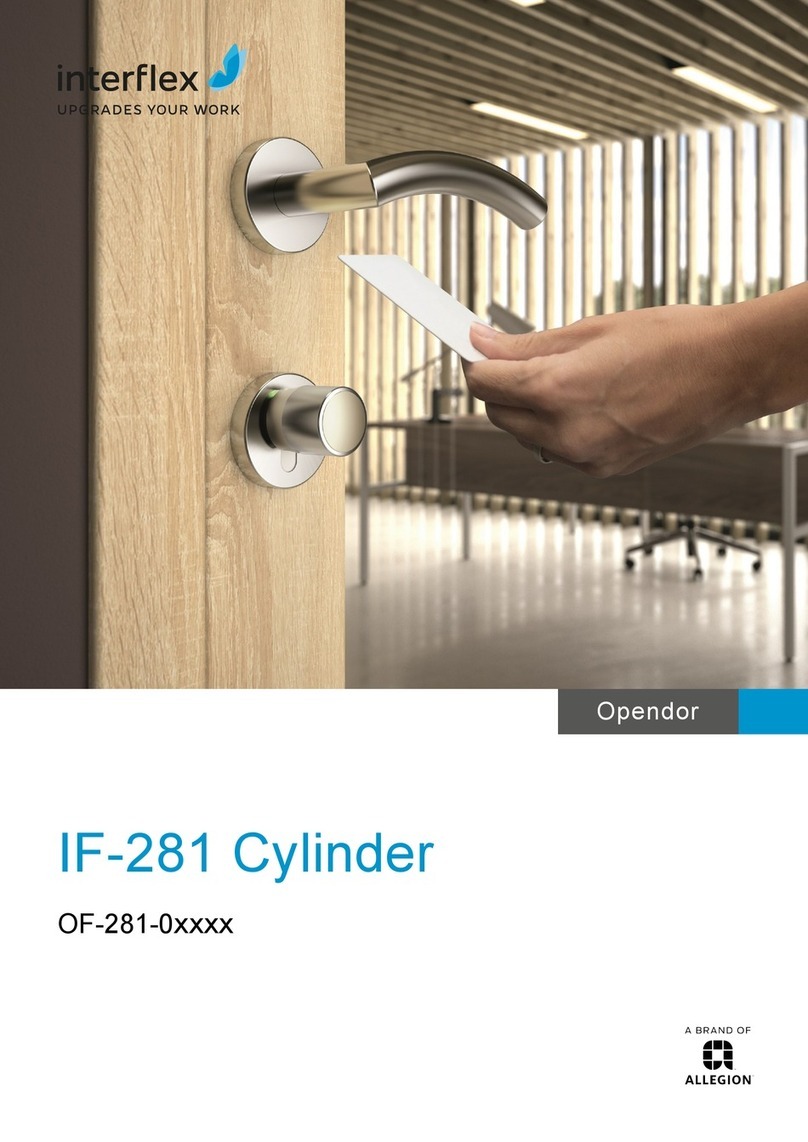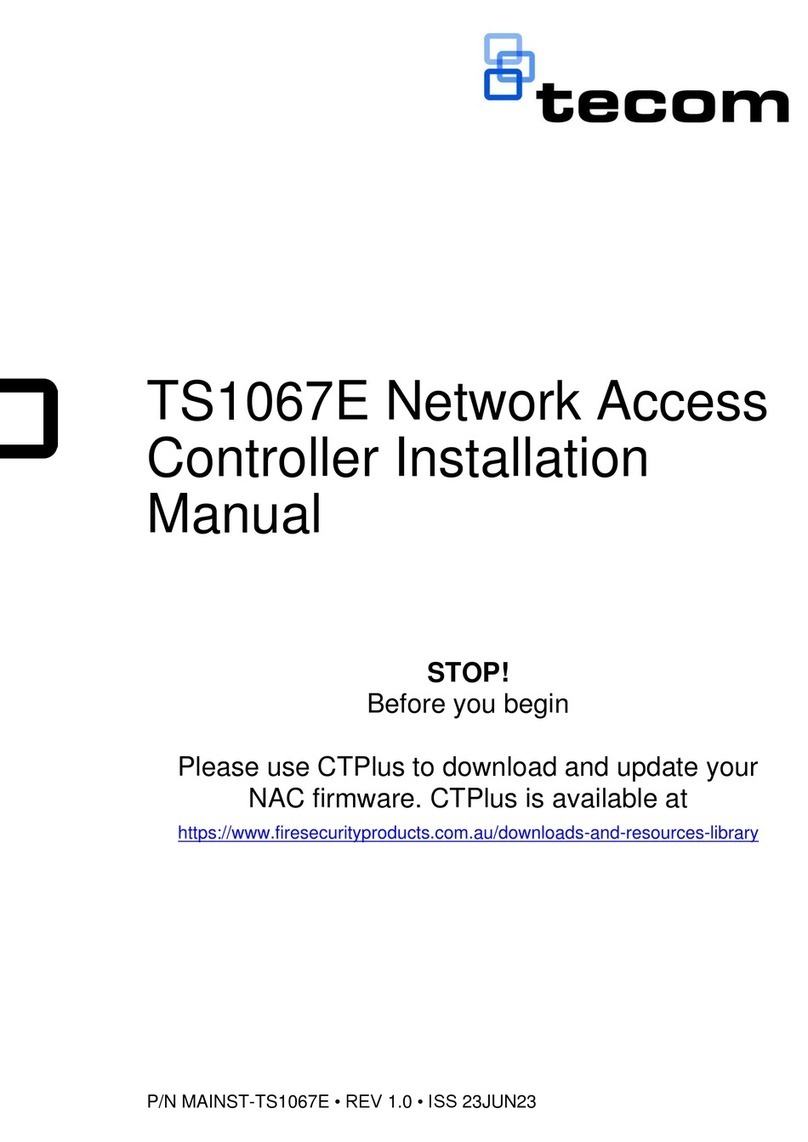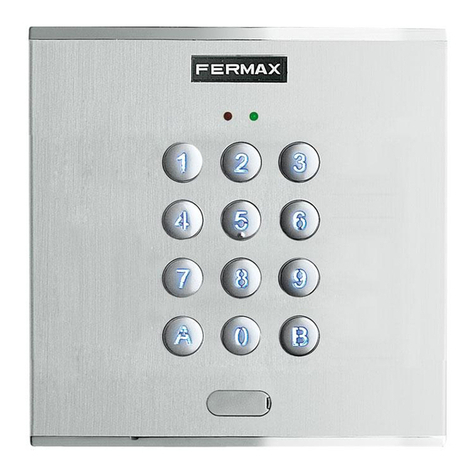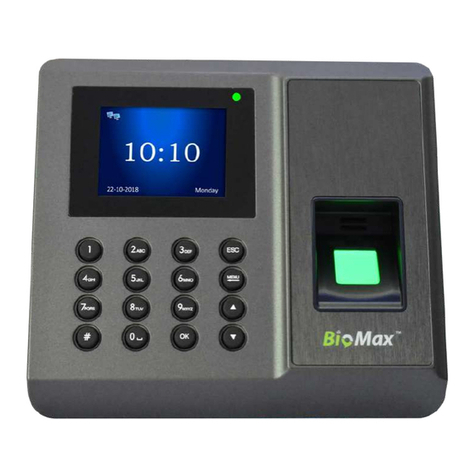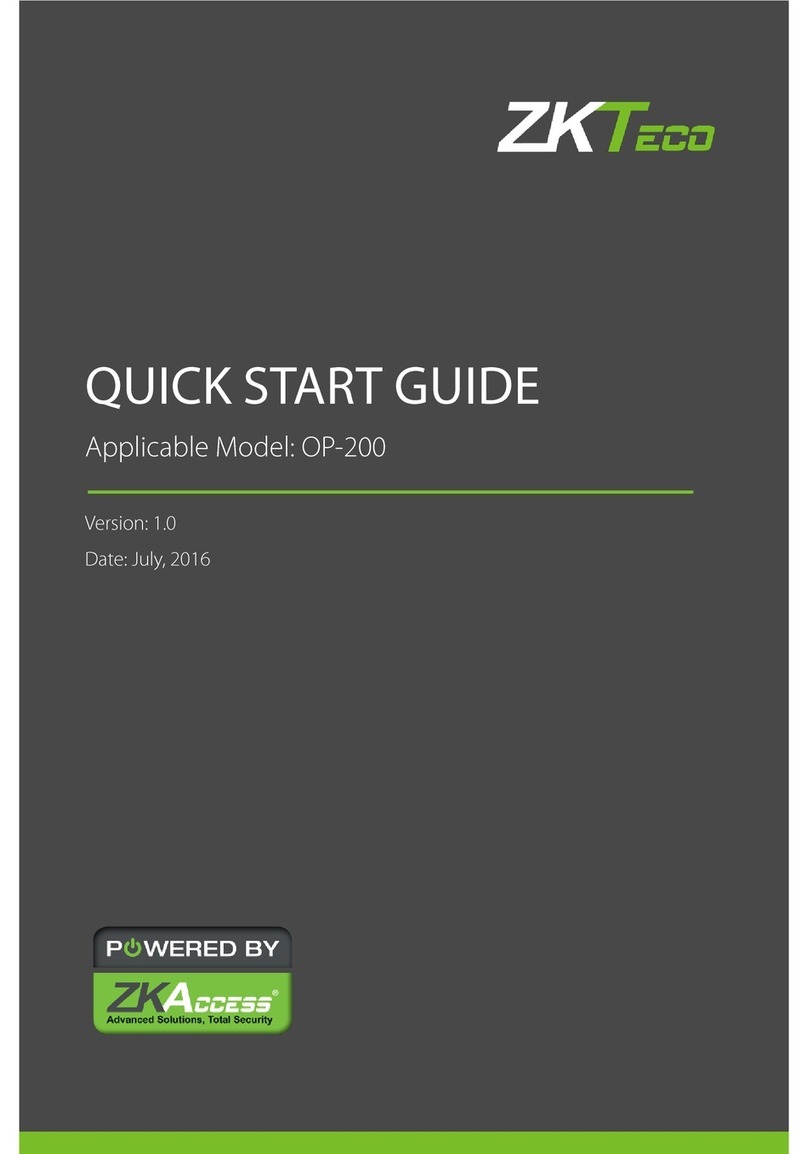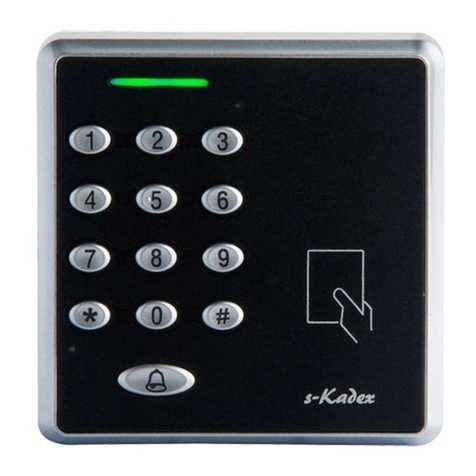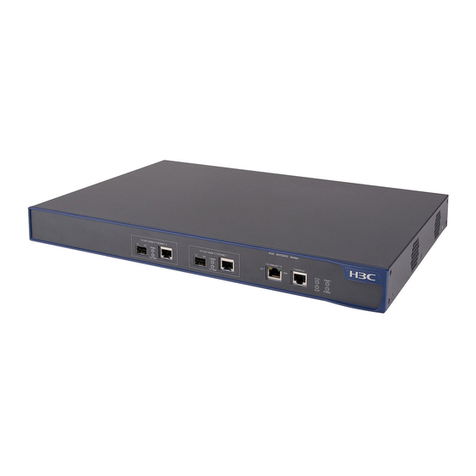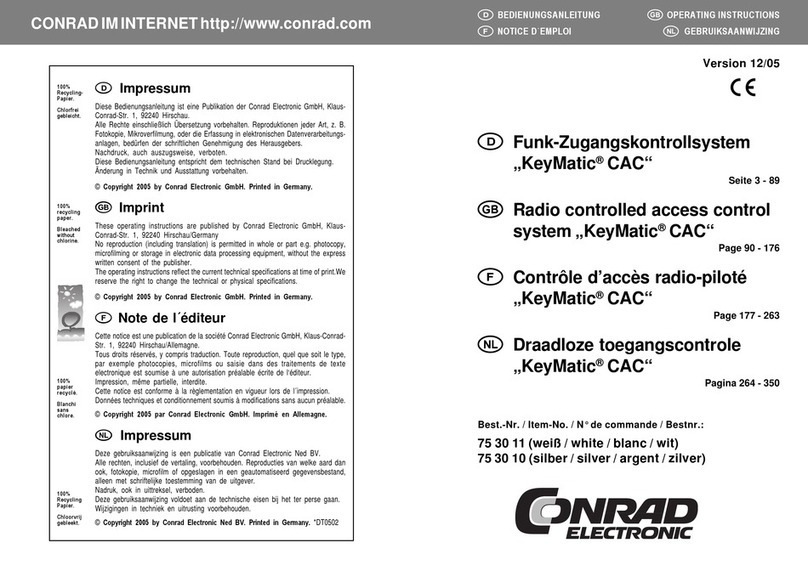
Installation Instructions / ACS-8 3
Contents
1. Safety instructions ................................................................. 7
1.1 Installation and expansion ...................................................... 7
1.2 Symbols ................................................................... 8
1.3 Firmware update ............................................................ 8
2. Overview ......................................................................... 9
2.1 Device ..................................................................... 9
2.2 Bus ...................................................................... 10
3. General information ............................................................... 11
4. Protective measures .............................................................. 12
5. Important installation instructions ................................................... 13
5.1 Grounding / shielding ........................................................ 13
5.2 Shielded lines .............................................................. 14
5.2.1 Illustrationoftheshielding .............................................. 14
5.2.1.1 General shielding principle ....................................... 14
5.2.1.2 ShieldingoftheACS-8-systems ................................... 15
6. ACS-8 / Cables ................................................................... 17
6.1 ACS-8 supply voltages ....................................................... 17
6.1.1 230 V-version of the ACS-8 ............................................. 17
6.1.2 12V-versionoftheACS-8 .............................................. 17
6.2 ACS-8 module-bus / cables ................................................... 19
6.2.1 Cabletypesfordatalines............................................... 19
6.2.2 Cable types for the power supply of bus modules ............................ 19
6.2.3 ACS-8 module-bus .................................................... 19
6.2.3.1 Power supply .................................................. 19
6.2.3.2 Power supply of the modules via the bus line ......................... 19
6.2.3.3 Power supply of the modules via a separate supply unit ................ 20
6.2.3.4 Cable lengths and cross section .................................. 20
6.3 Linestubs ................................................................. 20
6.4 Potential separation ......................................................... 20
6.4.1 Central power supply by the ACS-8 ....................................... 20
6.4.2 Decentralized power supply using several external supply units distributed
inthesystem ........................................................ 20
6.5 Shielding /grounding of the module bus .......................................... 21
6.6 Calculationexamples ........................................................ 21
6.6.1 Calculation of the line cross-section with given length ......................... 21
6.6.2 Calculation of the maximum cable length with given line cross-section ............ 25
7. Interface and bus topology ......................................................... 37
7.1 Interface technology, RS 485-bus systems ........................................ 37
7.1.1 Principle ............................................................ 37
7.1.2 General information ................................................... 37
7.1.3 Potential separation and terminating resistance ............................. 38
7.1.4 Ethernet connection (RJ 45) ............................................ 39
7.2 Connection examples and networks ............................................. 39
7.3 Interface connections ........................................................ 41
7.4 Pinassignmenttables ........................................................ 42
7.5 Connection examples ........................................................ 43
